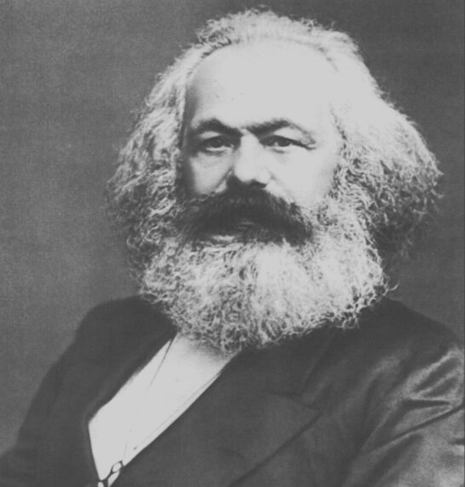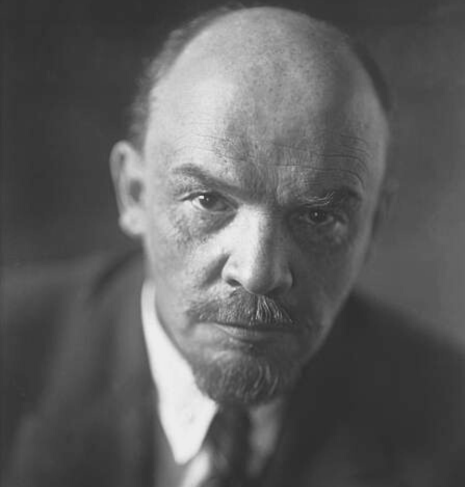Section 2 Overview
Section 2: The Fathers of Communism
In the Manifesto of the Communist Party of 1848, Karl Marx and Friedrich Engels presented their vision of an international workers’ revolution, in which all social distinctions would be swept away by the inevitable forces of history. Property, family, religion, and country and nation would fall before the righteous onslaught of the working class as it seized control of society and government. The mechanism by which the proletariat would seize the means of production and enforce its collective will—the Communist Party—was assumed to be preordained. The ideology was certain; the particulars were vague. As Marx proclaimed, “The philosophers have only interpreted the world, in various ways; the point, however, is to change it.”1
There would be violence, to be sure, but the precise nature of that violence was left undefined. A half-century later, Vladimir Lenin would fill in the details.
Persuaded as he was by Marx and his writings, Lenin believed that he was called to advance history. Rather than wait for the predicted uprising of enlightened factory workers, Lenin and his Bolsheviks took advantage of both world war and domestic unrest and violently seized control in Russia, occupying public buildings and capturing the Winter Palace, seat of the liberal Provisional Government in the capital of Petrograd. With his vanguard leading the communist revolution, Lenin fomented civil war and established a totalitarian regime of brutal, one-party rule. In doing so, he laid out the Marxist-Leninist blueprint for over a century of violence, oppression, and death that continues to this day.
In Section 2, Fathers of Communism, students will explore the ideology that Marx and Engels developed and that Vladimir Lenin embraced and put into practice. They will investigate the impact of Karl Marx and The Communist Manifesto on Lenin’s thought and analyze the Marxist-Leninist communism that put its deadly stamp on the Soviet Union and the world.
Learning Objectives
• Understand Karl Marx and Vladimir Lenin and their significance as historical figures in the rise of communism.
• Summarize the main ideas of The Communist Manifesto and explain the essentials of Marxism.
• Explain how Vladimir Lenin’s coup and the Bolshevik Revolution of 1917 took advantage of the societal, political, and economic circumstances in Russia.
• Describe Lenin’s political ideology and how it was shaped by Marxism as outlined in The Communist Manifesto.
• Understand the costs of communism, in terms of lives and freedoms lost and the declining standard of living, during and after the Russian Revolution.
• Understand the events that occurred from Lenin’s rise to power, from the establishment of a communist state in Russia until his death in 1924.
Content Standards
· NCHS World History 7.4B
• NCHS World History 8.1B, 8.2B, 8.2C
• SS.912.CG.3.1, SS.912.CG.4.1
• SS.912.W.6.3, SS91.2.W.7.5, SS912.W.7.6

